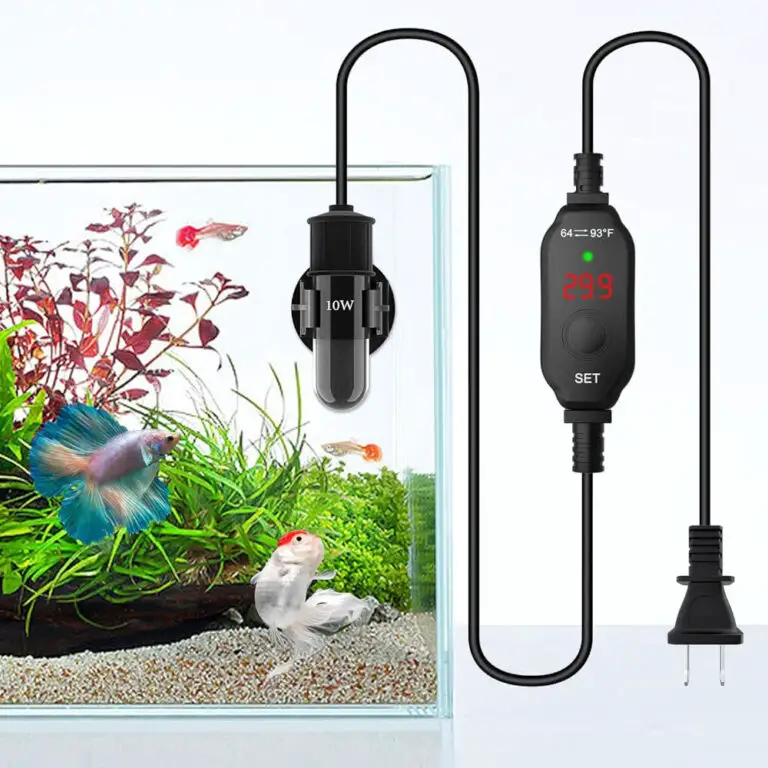Here’s a clear, balanced look at whether bringing a pet to an addiction rehab center is a good idea—for you, your peers, the staff, and the animal.
Why people consider it
- Comfort and grounding. Familiar touch and routine (feeding, walks) can soften anxiety spikes, loneliness, and homesickness common in early recovery.
- Motivation and meaning. Caring for a pet can remind you why you’re getting well and nudge you out of bed on hard mornings.
- Physiological calm. Gentle animal interaction often lowers perceived stress and supports emotion regulation—useful during withdrawal and early stabilization.
- Social bridge. Pets can make introductions easier, reduce awkwardness, and provide a neutral topic when group work feels intense.
Potential benefits (for the human, the program, and the bond)
1) Emotional regulation and relapse protection
- Pets can interrupt rumination and provide immediate, non-verbal co-regulation during cravings or shame spirals.
- A predictable care routine (walks, feeding, grooming) adds structure—one of the strongest protective factors in early recovery.
2) Attachment repair
- Many people in recovery are working through attachment wounds. Safe, consistent contact with a pet can model reliability and trust, which can generalize to relationships with people.
3) Activity and circadian health
- Multiple daily walks (dogs) increase daylight exposure and movement, improving sleep cues, appetite, and mood—especially valuable post-detox.
4) Responsibility with feedback
- You receive immediate feedback (pet behavior/health) for consistency and boundaries, reinforcing sober coping skills.
5) Continuity of home life
- Fewer worries about pet care back home reduce external stressors and can smooth transition to aftercare.
Potential drawbacks and risks
A) Clinical risks
- Detox acuity. In the first 3–7 days you may experience severe symptoms (nausea, agitation, fatigue, seizures—depending on substance). Pet care can be overwhelming or unsafe in this phase.
- Trigger/distraction. A pet can become a way to avoid hard group work or trauma processing (“I need to check on the dog”).
- Allergies & phobias. Cohort members or staff may have allergies, trauma histories, or cultural discomfort around animals.
B) Program and safety risks
- Infection control. Fleas, ticks, ringworm, zoonoses, or dander issues; facilities need clear veterinary and hygiene screening.
- Behavioral liability. Barking, biting, scratching, property damage; even well-trained animals can react under stress.
- Emergency planning gaps. Who handles the pet during a medical emergency, intensive session, or if you leave AMA (against medical advice)?
C) Welfare risks for the animal
- Environment stress. New smells, people, doors, alarms, and other pets can dysregulate animals.
- Routine disruption. Your therapy schedule may clash with their needs; limited green space or long indoor stretches can be hard on active dogs.
- Exposure to distress. Animals can absorb owner stress; group rooms and emotional processing may unsettle sensitive pets.
D) Practical/financial barriers
- Costs. Deposits, pet fees, increased room rates, food, grooming, required vaccinations.
- Transport & paperwork. Health certificates, proof of vaccinations, flea/tick prevention, microchip details.
- Insurance & policy. Many insurers don’t cover pet-friendly lodging; some facilities restrict species, size, or breeds.
Special categories: service animals vs. emotional support animals (ESAs)
- Service animals (generally dogs trained to perform specific tasks for a disability) are treated differently under many legal frameworks than ESAs (which provide comfort without specific task training).
- Rehab centers usually must balance disability accommodation with safety, infection control, and other patients’ needs.
- Policies and laws vary by country and region. Always verify the facility’s written policy and local regulations; provide documentation well in advance.
When bringing your pet can be a great idea
- You’re past acute detox or on a stable medical plan.
- Your pet is calm, well-trained, fully vaccinated, and comfortable around strangers and new environments.
- The facility has explicit, pet-supportive policies (designated pet areas, outdoor access, housekeeping protocols).
- You’re entering a one-on-one or small-cohort program where animal presence won’t disrupt group dynamics.
- You’ve arranged a backup caregiver on or off site in case you become ill, over-scheduled, or need a med adjustment.
When it’s better to leave your pet at home (for now)
- You anticipate severe withdrawal or complex med changes.
- Your pet is reactive, anxious, or not reliably housetrained.
- The program relies heavily on group therapy where a pet could distract or trigger others.
- Anyone in your cohort has severe allergies or animal trauma (the program should screen for this).
- You cannot meet the facility’s veterinary documentation or financial requirements.
How to evaluate a pet-friendly rehab (quick checklist)
Facility & policy
- Written pet policy (species/size limits, restricted areas, quiet hours, deposit/fees, proof of vaccines/parasite prevention).
- Designated outdoor space and bad-weather plan.
- Contingency plan for emergencies, room cleaning protocols, and liability coverage.
Your readiness
- You can reliably meet feeding, exercise, and hygiene tasks every day, even on intensive therapy days.
- You accept that staff may ask for temporary separation during specific sessions.
- You have two backup contacts who can take the pet within 2–4 hours.
Pet readiness
- Up-to-date vaccinations; flea/tick prevention; recent vet exam.
- Basic obedience: come, stay, leave-it, quiet; comfortable in crate or bed; non-reactive to strangers.
- Microchip and ID tags; current photo.
Alternatives if you can’t bring your pet
- Animal-assisted therapy sessions onsite with certified therapy animals (scheduled, contained, lower risk).
- Family or trusted sitter sends daily photos/videos and schedules brief video calls with your pet.
- Short home visits or weekend passes in later phases (if program allows).
- Aftercare plan that intentionally reintroduces pet routines (morning/evening walks as habit anchors).
Packing list (if you go pet-friendly)
- Vet records (vaccines, parasite control), health certificate if required.
- Leash, harness, collar with ID; crate or soft carrier; waste bags; enzyme cleaner.
- Food for entire stay, bowls, meds/supplements with instructions.
- Familiar bed/blankets, two favorite toys, long-lasting chews.
- Grooming supplies; lint roller; compact first-aid kit (styptic, bandage, tweezers).
- Contact info for your vet and your two backups.
Bottom line
Bringing a pet to rehab can boost emotional safety, structure, and motivation—powerful assets in early recovery. But it also adds logistical load, clinical risks during detox, and responsibilities that can compete with treatment intensity. Decide by weighing your clinical needs, the facility’s readiness, and your pet’s welfare. If all three line up—and you have a solid backup plan—it can be transformative. If not, use structured alternatives (animal-assisted therapy, frequent updates from home) and revisit the idea in aftercare when the foundation of your sobriety is stronger.




